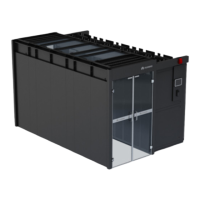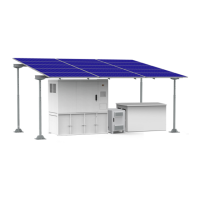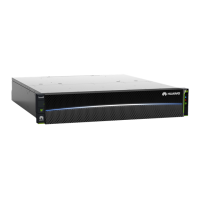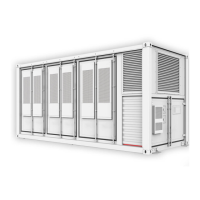Cable Spacing Requirements
Comply with the following requirements if possible to lay out dierent types of
cables:
1. Separate AC and DC power cables from diverse non-shielded signal cables.
Keep the cable spacing greater than 100 mm or use grounded metal for
isolation purposes. Do not bind the cables together. Preferentially route the
cables along
dierent sides of cabinets.
2. You are advised to route network cables and optical cables separately.
Safety and Reliability Requirements for Routing and Binding Cables
1. Unless otherwise specied in a design le, ensure that the bend radius (R) of
a cable meets the following requirements:
– Common cable: R ≥ 3d
– Optical cable: R ≥ 40 mm
R indicates the bend radius, and d indicates the cable diameter.
2. Reserve slack at cable connection positions to facilitate connection and
disconnection and to prevent stress. Do not leave the cables tight and prevent
connector misalignment, as shown in Figure 4-51.
Figure 4-51 Cable connection positions
3. Before installing a semi-exible cable, use a dedicated tool to curve the cable.
Do not curve the cable while holding the cable connector by hand.
4. If a number of wire terminals are connected to a multi-point connector,
provide slack and arrange them neatly to prevent stress on certain wires, as
shown in Figure 4-52.
Figure 4-52 Cable connections
5. Protect cable holes in a metal kit with grommet strips. Alternatively, ensure
that the holes are rounded, free from burrs or sharp edges.
FusionModule500 Smart Mini Data Center
User Manual (Philippines, FusionModule500-
SU61A12S) 4 Installation Guide
Issue 02 (2021-06-30) Copyright © Huawei Technologies Co., Ltd. 91
